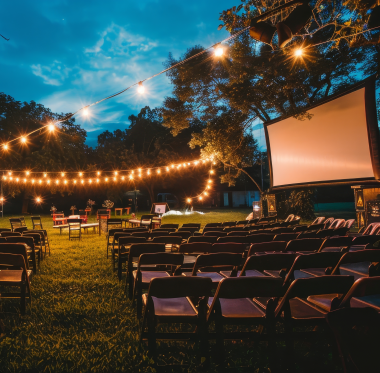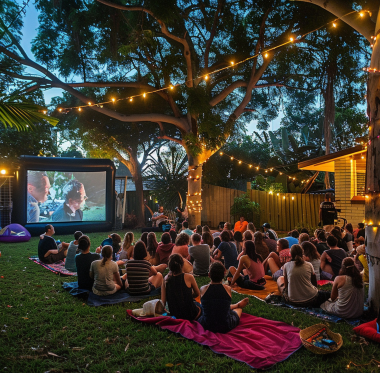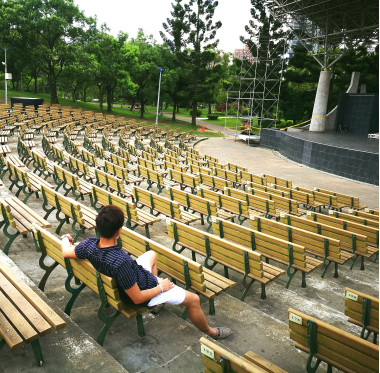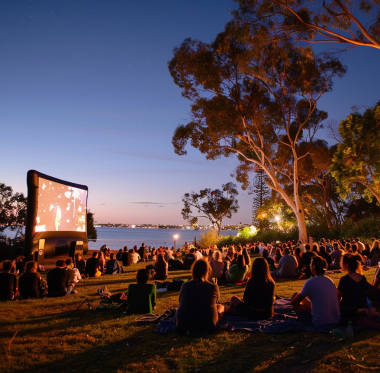Designing and deploying an open-air theater involves several key considerations to create a functional, comfortable, and engaging outdoor performance space. Here’s a detailed guide covering essential aspects:
1. Site Selection and Layout
- Location: Choose a site with minimal noise pollution and natural scenic beauty. Consider proximity to public transportation and parking.
- Orientation: Position the stage and seating to minimize direct sunlight and glare on performers and the audience.
- Natural Topography: Utilize natural slopes for tiered seating to enhance sightlines and acoustics.
2. Stage Design
- Size and Structure: Design a stage that accommodates various performances, from small plays to large concerts. Ensure it is structurally sound and weather-resistant.
- Materials: Use durable materials like treated wood, metal, and composite decking for longevity.
- Backstage Area: Include dressing rooms, storage, and technical control areas for sound and lighting equipment.
3. Seating Arrangement
- Capacity: Determine the seating capacity based on anticipated audience size and space available.
- Comfort: Provide comfortable seating options, such as fixed seats, benches, or lawn seating with rentable cushions or chairs.
- Accessibility: Ensure ADA-compliant seating and paths for easy access by all audience members.
4. Acoustics and Sound
- Natural Acoustics: Leverage natural surroundings to enhance sound quality, such as using hills or trees as sound barriers.
- Sound System: Invest in a high-quality sound system designed for outdoor use, with strategically placed speakers for even sound distribution.
- Noise Control: Implement measures to control external noise, such as sound barriers or landscaping.
5. Lighting
- Stage Lighting: Use weather-resistant stage lighting to ensure visibility during evening performances. Include spotlights, floodlights, and colored lights for effects.
- Ambient Lighting: Provide pathway lighting, seating area lights, and general ambient lighting for safety and atmosphere.
- Energy Efficiency: Opt for LED lighting to reduce energy consumption and maintenance.


6. Weather Considerations
- Shelter: Include options for temporary or permanent coverings, like retractable roofs, canopies, or pergolas, to protect against rain and sun.
- Drainage: Ensure proper drainage systems to prevent water accumulation on stage and seating areas.
- Heating and Cooling: Consider outdoor heaters for cooler weather and misting systems or fans for hot climates.
7. Amenities and Facilities
- Restrooms: Provide clean and accessible restroom facilities close to the seating area.
- Concessions: Set up concession stands or food trucks to offer refreshments and snacks.
- Green Rooms: Provide comfortable spaces for performers to relax and prepare.
8. Safety and Security
- Emergency Exits: Clearly mark and illuminate emergency exits and pathways.
- First Aid: Have first aid stations and trained personnel on-site during events.
- Security: Implement security measures, including surveillance cameras, security personnel, and crowd control strategies.
9. Aesthetics and Landscaping
- Natural Integration: Design the theater to blend with the natural environment, using landscaping to enhance aesthetics and acoustics.
- Decor: Use natural materials and colors that complement the surroundings. Incorporate greenery, water features, and art installations.
- Maintenance: Plan for regular maintenance of both the theater structure and surrounding landscape.
10. Sustainability
- Eco-Friendly Materials: Use sustainable and recycled materials in construction.
- Energy Efficiency: Implement solar panels, energy-efficient lighting, and other sustainable practices.
- Waste Management: Provide ample recycling and trash disposal options and promote eco-friendly practices.
11. Programming and Community Engagement
- Diverse Performances: Offer a variety of events, including theater, music, dance, and community gatherings.
- Community Involvement: Engage local artists and community groups in programming and planning.
- Marketing: Use social media, local advertising, and partnerships to promote events and attract audiences.
By carefully planning and addressing these aspects, you can create a successful and vibrant open-air theater that provides a memorable experience for performers and audiences alike.


© All Copyright 2024 by Kingston Hills. Design by Designinghubworld.in


